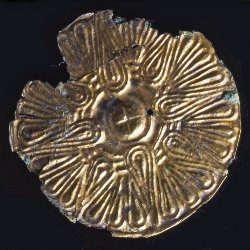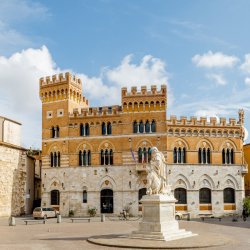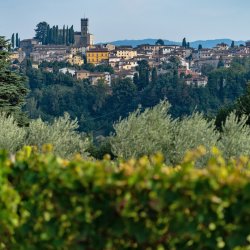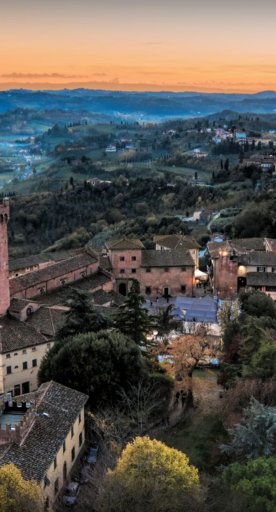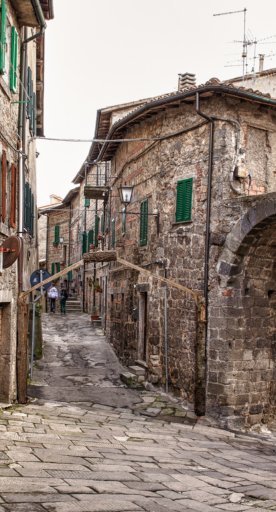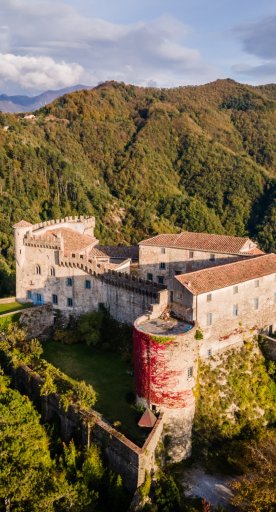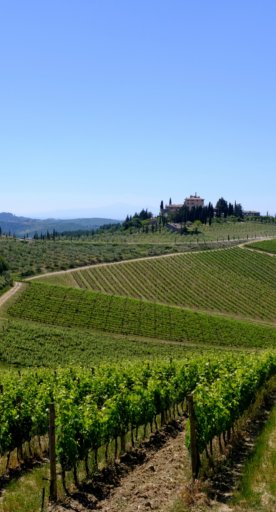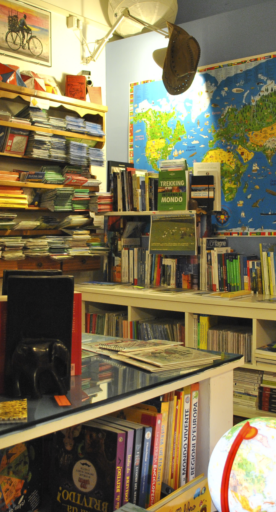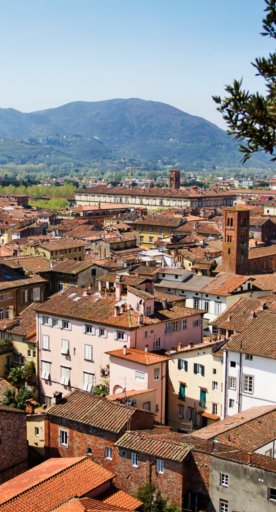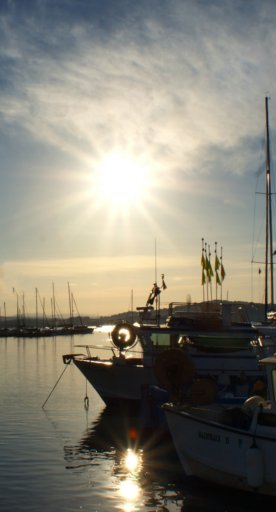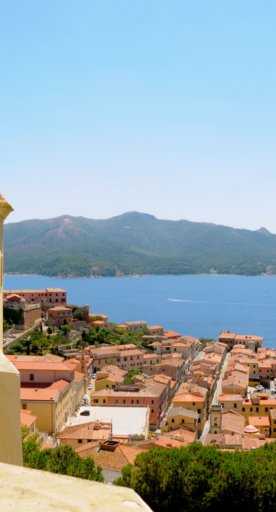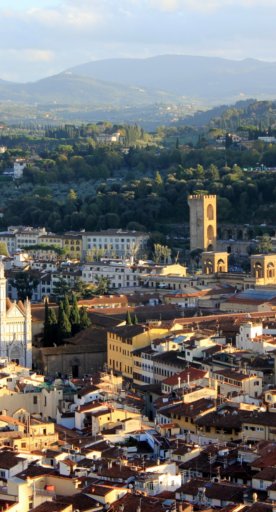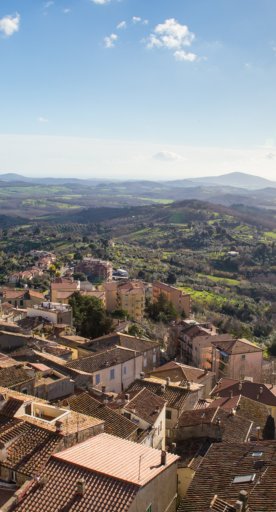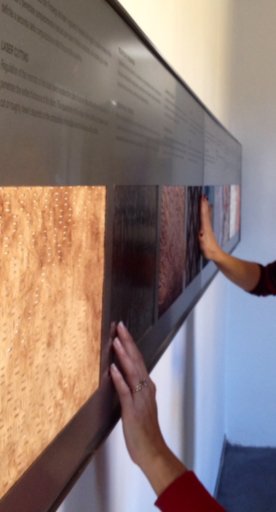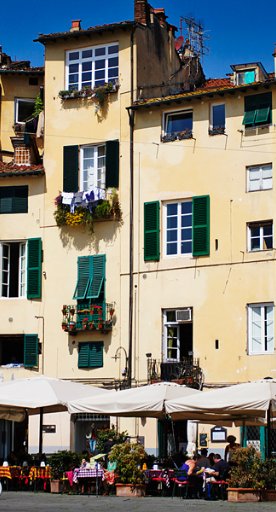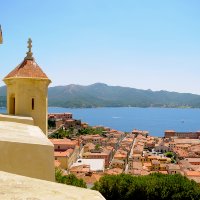
5 churches with a mountain view
Explore Tuscany’s churches and enjoy the spectacular views
On the top of a hill or nestled in the mountains. Isolated or at the heart of picturesque villages. To be visited on a cold, sunny winter day or while the snow is falling. Here are the top 5 churches with a stunning view of the Tuscan mountains.
-
1.La Verna Sanctuary
-
2.Sanctuary of San Pellegrino in Alpe
-
3.Abbey of San Salvatore
-
4.Abbey of Vallombrosa
-
5.Parish Church of San Pietro in Romena
La Verna Sanctuary

The Franciscan La Verna Sanctuary on Monte Penna in the province of Arezzo is one of the most important and well-known in the world: it is said that Saint Francis of Assisi received the stigmata here in 1224. The sanctuary includes the small Church of Santa Maria degli Angeli, the Basilica of Santa Maria Assunta and the Chapel of the Sacre Stimmate (with an Annunciation by Andrea della Robbia). The sanctuary is a place of absolute beauty and magic, almost rising from the rocks beneath and surrounded by the “Monumental Forest della Verna,” with its extraordinary fir and beech trees that are over 50 meters in height. The view is breath-taking, especially if you have the fortune of a post-snowfall visit!
Sanctuary of San Pellegrino in Alpe

San Pellegrino in Alpe is a small village resting on the mountains between the provinces of Lucca and Modena, the highest inhabited town in the Apennines. The place is famous not only for the striking view but also for its ancient sanctuary, a well-known place of pilgrimage. According to legend, San Pellegrino, son of the king of Scotland, renounced his throne, travelled to Jerusalem and on his way back home, while crossing the Apennines, was struck by the beauty of this place, inspiring him to stop here and become a hermit.
The name of San Pellegrino is also linked to another local legend: the creation of Monte Forato:it’s said that the Devil, tired of watching San Pellegrino praying and singing all day long, tried to tempt him in every way, up to the point of slapping him … but, this time, the Saint decided to strike back and slapped the Devil so hard that he was flung against the opposite mountain, creating its famous hole! Monte Forato can be seen from San Pellegrino in Alpe, and when looking from certain spots, the arch creates an effect of a double sunset, when the sun falls between the arch and soon reappears for a short while in the hole below before dipping below the horizon.
Abbey of San Salvatore

On the eastern slopes of Monte Amiata is the Benedictine Abbey of San Salvatore, a Romanesque building believed to have been founded by the Lombard king Ratchis in 743. The church’s façade and its Latin-cross plan were probably the first of this kind in the Siena area; these characteristics, and the exceptional nature of the structure’s crypt, make the Church of San Salvatore one of the most interesting prototypes of Tuscan architecture. In the mid-1600s, the church structure was transformed and the altars were redesigned according to a Baroque style, elements that were later removed. The charming medieval village built around the monastery, Abbadia San Salvatore, is worth a visit, while Monte Amiata is a true gem in winter time for both nature and sport lovers.
Abbey of Vallombrosa

Vallombrosa (meaning “shaded valley”) is a silent paradise in the Apennines, immersed in a centuries-old forest of silver firs and beech trees: a cool shelter during the sultry summer days of the cities and a fascinating site in the winter. The Abbey of Vallombrosa was founded by Giovanni Gualberto, a Florentine noble, in 1038, soon becoming a refuge for Benedictine monks. The brothers used the surrounding resources to their advantage, selling timber from the forest, especially to Livorno down the river, so they could maintain the abbey, but they also helped preserve the woods by planting trees and taking care of them. Inside the abbey, there are a number of important works of art, including paintings, frescoes, reliquaries, the wooden choir stalls carved by Francesco da Poggibonsi, a large altarpiece of glazed terracotta from the workshop of Andrea della Robbia and many others. Around the main building, there are a few “hidden gems,” like the “Scalinata del Calvario,” or Calvary Staircase, which goes from the abbey to the “Paradisino” building.
Parish Church of San Pietro in Romena
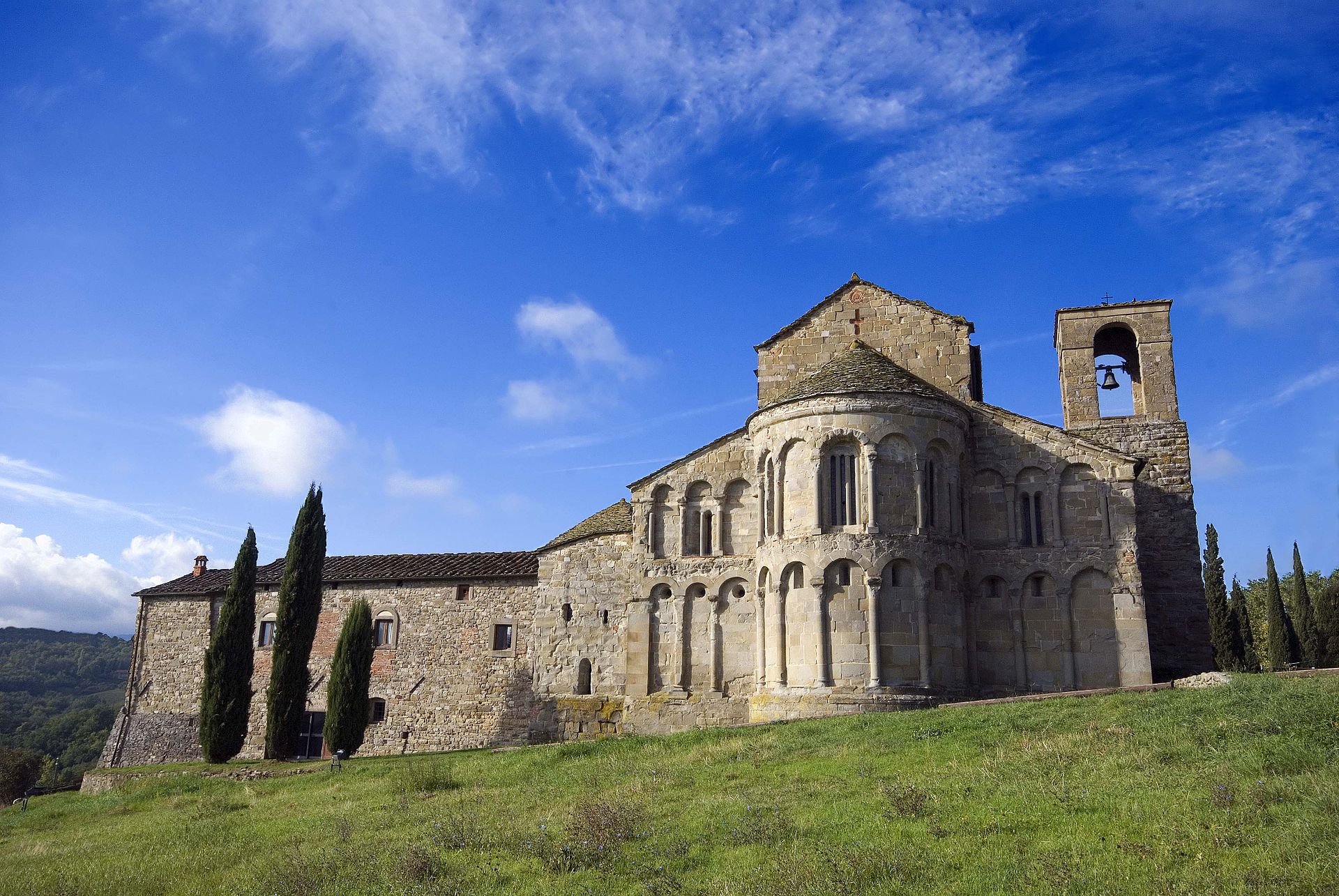
A true beauty in the Casentino area, the Romanesque Parish Church of San Pietro in Romena is an amazing example of Romanesque architecture, built in 1152. Inside, there are three naves divided by decorated stone pillars and asymmetrical windows that create a special effect with the light as it shines through them. The oldest part of the building is the square bell tower, but the complex also houses the ruins of an even older church beneath the present one. On the outside, the apse is immensely interesting, which faces east like all Romanesque parish churches, letting it be “kissed” by the morning light.
